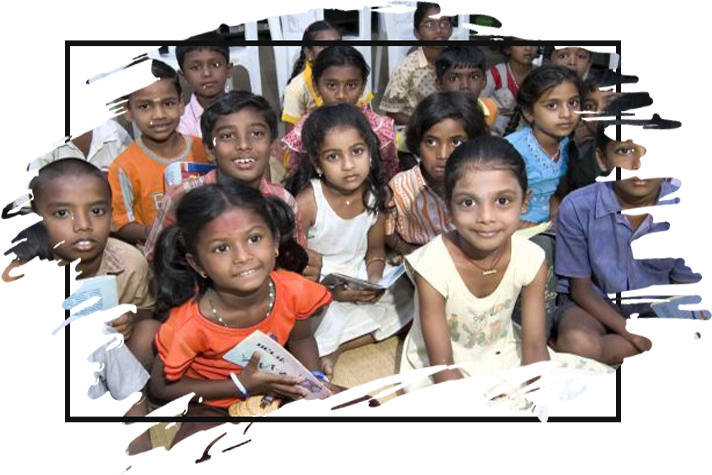Types of Adoptions

What Are the Different Types of Adoption Options Available in India
Adoption is becoming more acceptable among Indian parents. No amount of money can replace a child’s joyful laughter and simple delight. In India, many types of adoptions are offered, depending on the impact on the adoptive parents and the birth mother. Adoption may also be influenced by the geographical location of both persons involved.
The following are the several types of adoptions that are accessible in India:
- Open Adoption
The adoptive parents and the birth parents keep in touch with each other in an Open Adoption. The birth parents may meet potential adoptive parents and pick which pair will be the best fit for their child.
In an open adoption, the adopted kid has access to her adoption records. When a youngster reaches the age of adulthood (18 years), access is usually given.
It is beneficial to have access and be able to contact the birth parents as you’ll have access to a lot of medical information, which is crucial for assessing genetic abnormalities and other medical issues of the kid.
- Semi-Open Adoption
The birth parents and adoptive parents do not have to communicate with each other in a semi-open or mediated adoption. After the adoption, the biological mother has no physical contact with the kid.
The mother, on the other hand, may continue to receive letters or photos from the adoptive parents or the adoption agency with whom she is registered.
A semi-open adoption can change into an open or closed adoption at any time.
- Closed Adoption
A closed adoption is one in which no identifying information about the birth family or the adoptive family is provided, and the families do not communicate.
Before the kid enters your family, you will get non-identifying information on the child and his or her biological family. The records are sealed after your adoption is finalized.
These records may or may not be available to the adopted kid when they turn 18 depending on local legislation and what documentation was signed and submitted when the adoption was finalized.
- Intra-family Adoption/Relative Adoption
Even inside a family, adoption is possible. When a kid is officially adopted by a stepparent after the biological parent remarries, this is known as intra-family adoption.
When the kid’s parents die or are unable to care for the child, an intra-family adoption may occur. A qualified family member may come in at this point and volunteer to adopt the child.
An intra-family adoption has the benefit of not fully isolating the kid from her culture and environment.
The most important thing in the adoption process is to make sure you’re in the best position possible to parent a child when you get home.
You should also make sure that you have the ability to provide a loving, safe, and nurturing household for your adopted child. No matter what type of adoption you choose, it is important to make sure you are ready for the responsibility.
Conclusion:
While adoption is often viewed as a wonderful decision, it should not be taken lightly. Adoption in India, as in many other nations throughout the world, is governed by laws and regulations.
Related Links
Keywords: Adoption, adopting orphans, adoption agencies, adoption NGOs, Legal adoptions in India, adopting a child, adopting a child, guidelines to adopt a child in India, adopting a girl child, adopting a boy child, adoption in India, can NRI adopt child India.

